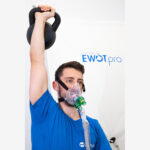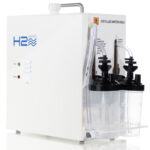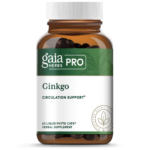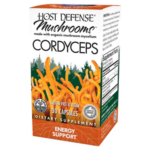
This document was created to provide medical-grade sourcing and ease of ordering for supplements and devices recommended in the ”I-Recover” per the FLCCC protocols.
First-Line Therapies
- Intermittent daily fasting or periodic daily fasts.
- Moderating physical activity.
- Sunlight and Photobiomodulation. (Use code PURIST for 10% off).
- Ivermectin; 0.2-0.3 mg/kg daily. (Requires a prescription)
- Low-dose naltrexone (LDN); 1- 4.5 mg daily. (Requires a prescription)
- Nattokinase 100-200 mg (2000- 4000 Fibrinolytic Units) twice daily.
- Melatonin; 2-6 mg slow release/extended release prior to bedtime
- Magnesium; 100-400 mg daily
- Resveratrol; 400-500 mg daily
- Probiotics/prebiotics
- Methylene blue; 10-30 mg daily
Second-Line/Adjunctive Therapies
(Listed in order of importance)
- Vitamin D (4000-5000 units/day) and Vitamin K2 (100 mcg/day)
- Omega-3 fatty acids; we suggest a combination of EPA/DHA with an initial dose of 1 g/day (combined EPA and DHA) and increasing up to 4 g/day (of the active omega-3 fatty acids)
- N-acetyl cysteine (NAC); 600-1500 mg/day
- Cardio Miracle™ and L-arginine/L-citrulline supplements
- Nigella sativa; 200-500 mg encapsulated oil twice daily
- Sildenafil with or without L-arginineL-Citrulline. (Sildenafil requires a prescription).
- Bromelain 500 mg twice daily +/- N Acetyl cysteine (NAC)
- Vitamin C; 1000 mg orally two to three times a day
- Spermidine; 1000-2000 mg (wheat germ extract) daily
- Non-invasive brain stimulation (NIBS)
- Intravenous Vitamin C; 25 g weekly, together with oral Vitamin C 1000 mg (1 gram) 2-3 times per day
- Behavioral modification, relaxation therapy, mindfulness therapy, and psychological support
Complete Supplement List of First & Second Line Supplements
Third Line Therapies
- Hyperbaric oxygen therapy
- Low Magnitude Mechanical Stimulation (LMMS or Whole-Body Vibration)
- “Mitochondrial energy optimizer” Cardio Miracle™
- Hydroxychloroquine (HCQ); 200 mg twice daily for 1-2 weeks, then reduce as tolerated to 200 mg/day. (Requires a prescription).
- Low dose corticosteroid; 10- 15 mg/day prednisone for 3 weeks. Taper to 10 mg/day and then 5 mg/day, as tolerated. (Requires a prescription).
Disclaimer: This information is not intended to serve as a substitute for diagnosis, treatment, or advice from a qualified, licensed medical professional. The facts presented are offered as information — not medical advice. Any treatment protocol should be discussed with a trusted, licensed medical professional. Never stop or change medications without consulting your healthcare provider. Some embedded links are affiliate links for which Purist Natural Medicine may receive a profit.





